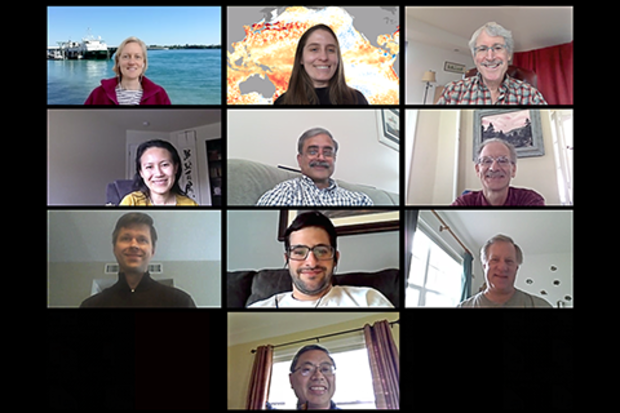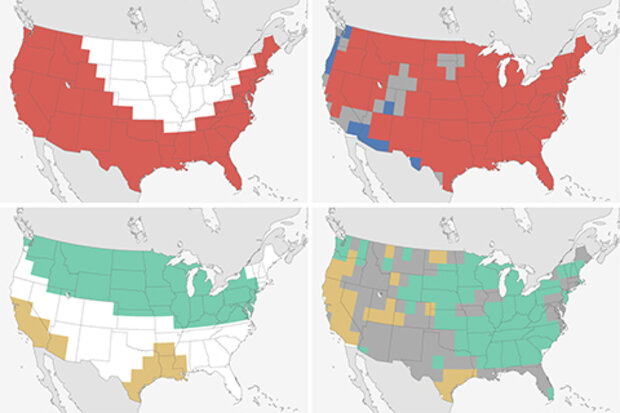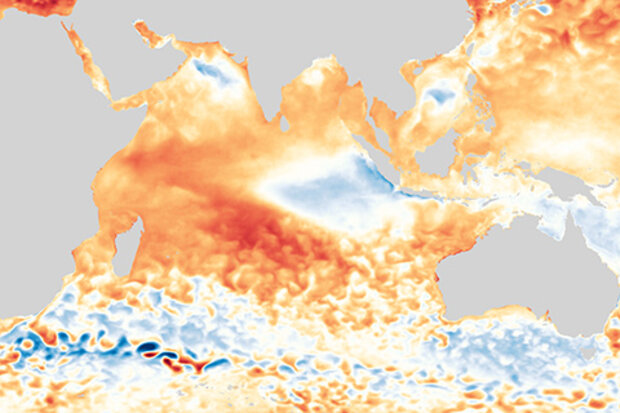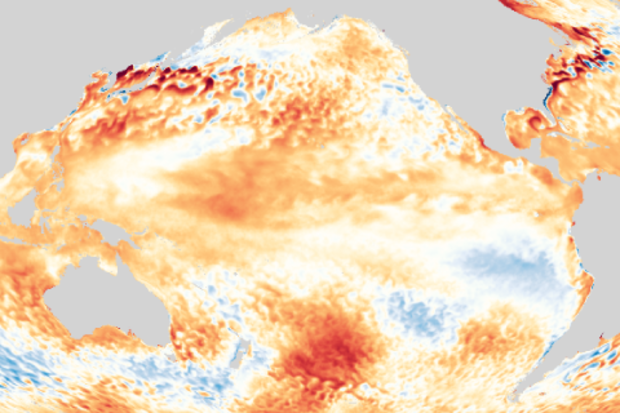Blogs
It’s a new month, but it seems like an entirely different world as we peer at the tropical Pacific Ocean. Sea surface temperatures remained warmer than average, but the tropical atmosphere shifted away from its El Niño-ish appearance during February. The lack of coupling between the ocean and atmosphere leads forecasters to once again favor the continuation of ENSO-neutral with a ~60% chance during the summer, and remaining most likely during the autumn.
Share Your Screen
In the last month, ocean surface temperatures in the Niño-3.4 region have been bubbling around +0.5°C, our El Niño threshold. If you look at monthly averages …
Read article
Normally I start off blog posts with some poorly done joke. But in light of what’s going on in 2020, I’d first like to say that I hope all of our readers stay safe and healthy. We write about climate science not only because we love it (the science part…the love of writing part is more up to the blogger) but because we like people and helping them better understand our world. Without our readers, we wouldn’t have a blog.
With that said, it’s March! A month I circle on the ENSO Blog calendar every year because March means I get to write our verification post for the Climate Prediction Center’s Winter Outlook. Sometimes this article is full of deserved praise for an amazing forecast. Other …
Read article
The ocean surface in the central tropical Pacific has been warmer than the long-term average for a few months now, but overall the ocean-atmosphere system is still in neutral—neither El Niño nor La Niña. The El Niño/Southern Oscillation (ENSO) forecast team estimates about a 65% chance that the tropical Pacific will continue in ENSO-neutral this spring, and about a 55% chance neutral will remain through the summer. We’ll take a spin through the current situation, and lay out some of the puzzle pieces forecasters look at when assembling a picture of ENSO in the future.
Jigsaw
First, though—does anyone remember why we spend so much time and energy predicting the evolution of the temperat…
Read article
The recent bushfires in Australia have left a trail of destruction, gripping the world with infernal images of widespread devastation. The catastrophic bushfire season resulted from extremely hot and dry weather in spring and early summer throughout the country. As is usually the case, such extreme conditions involve several factors working together, including human-caused global warming as well as naturally occurring weather and climate patterns.
One of those important factors was an extreme Indian Ocean Dipole (IOD) event, a phenomenon we have mentioned previously but not in depth. If you were hoping for a bit more background on this pattern, then you’ve come to the right place!
New …
Read article
The tropical Pacific is warmer than average, but it doesn’t meet El Niño criteria. Forecasters estimate about a 60% chance that ENSO-neutral conditions will continue through the spring, with a 50% chance of neutral through the summer. (ENSO = El Niño/Southern Oscillation, the whole ocean/atmosphere El Niño/La Niña system.)
If you’ve been paying close attention to the sea surface temperatures, you may have noticed that the Oceanic Niño Index, the three-month-average temperature anomaly in the Niño3.4 region, has now been above the El Niño threshold for two consecutive three-month periods, October–December and November–January. (Anomaly = departure from the long-term average.)
The fo…
Read article




